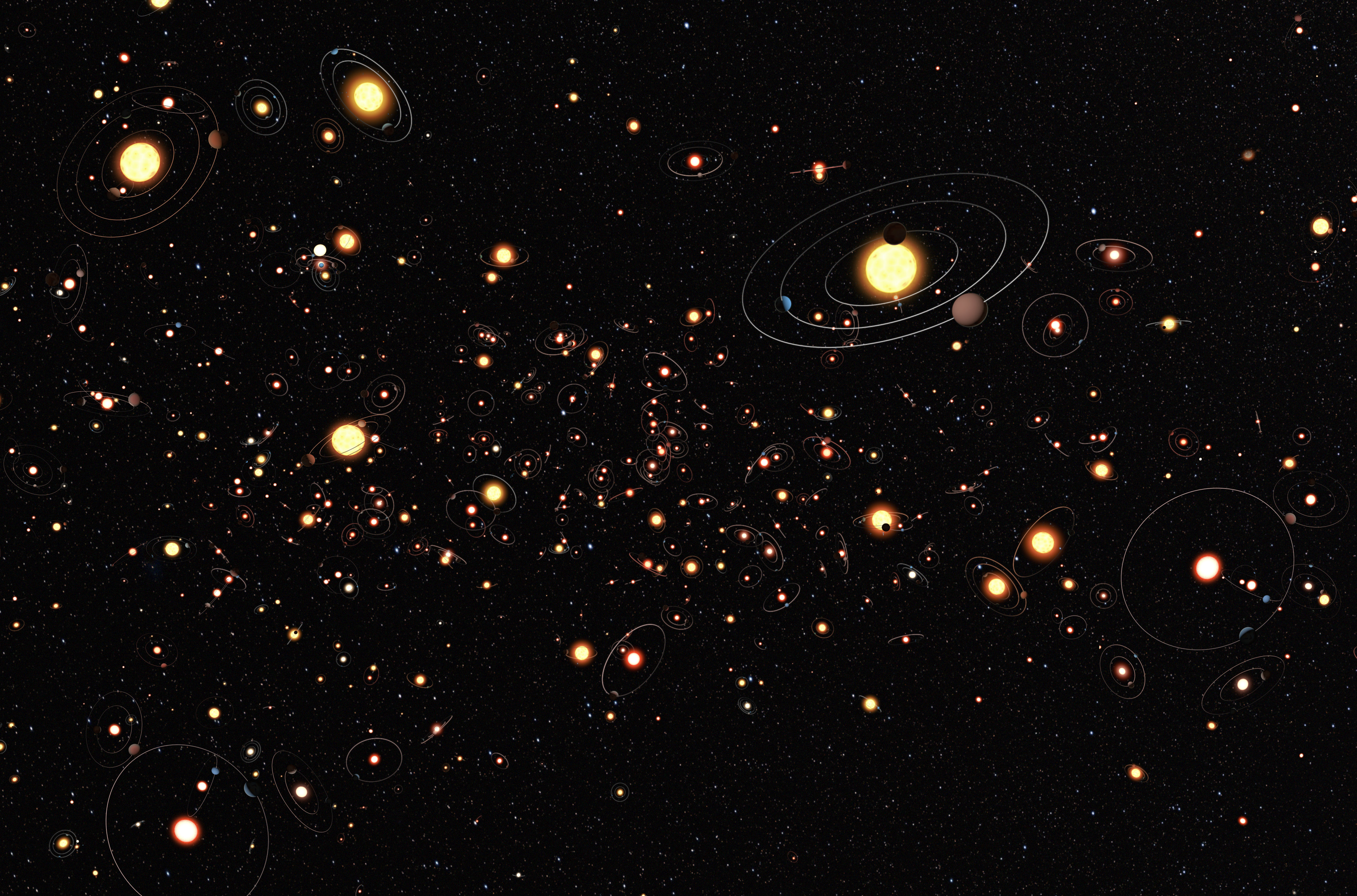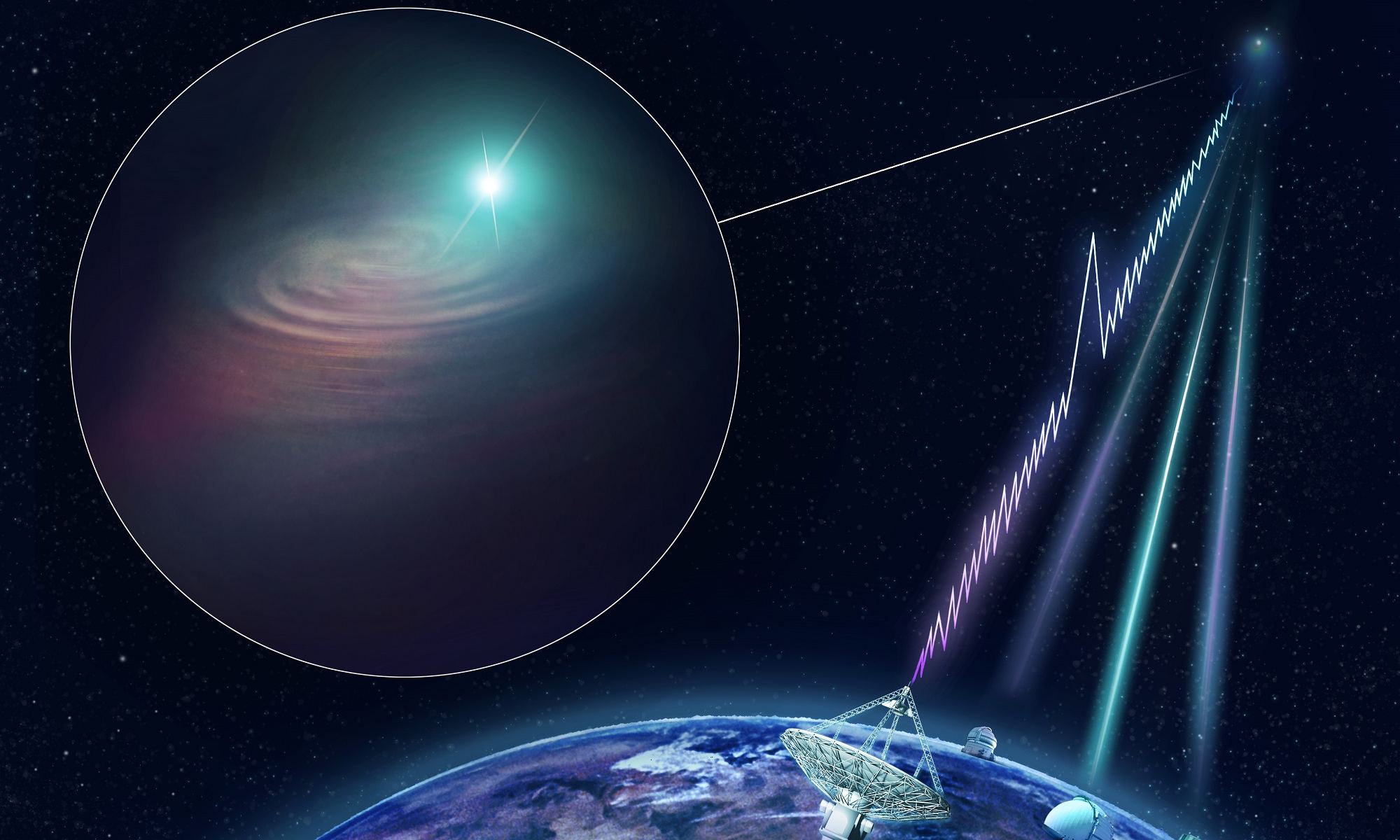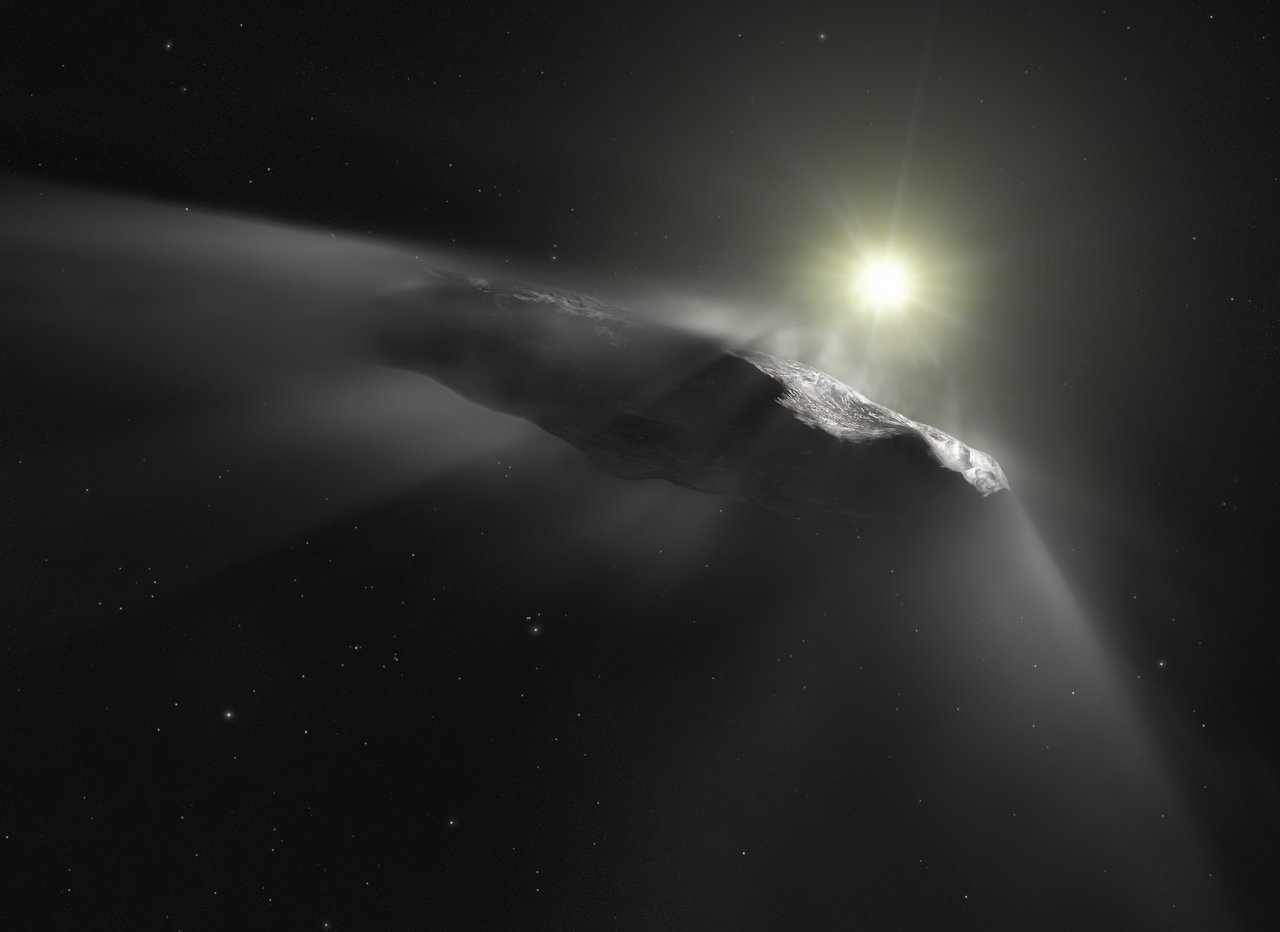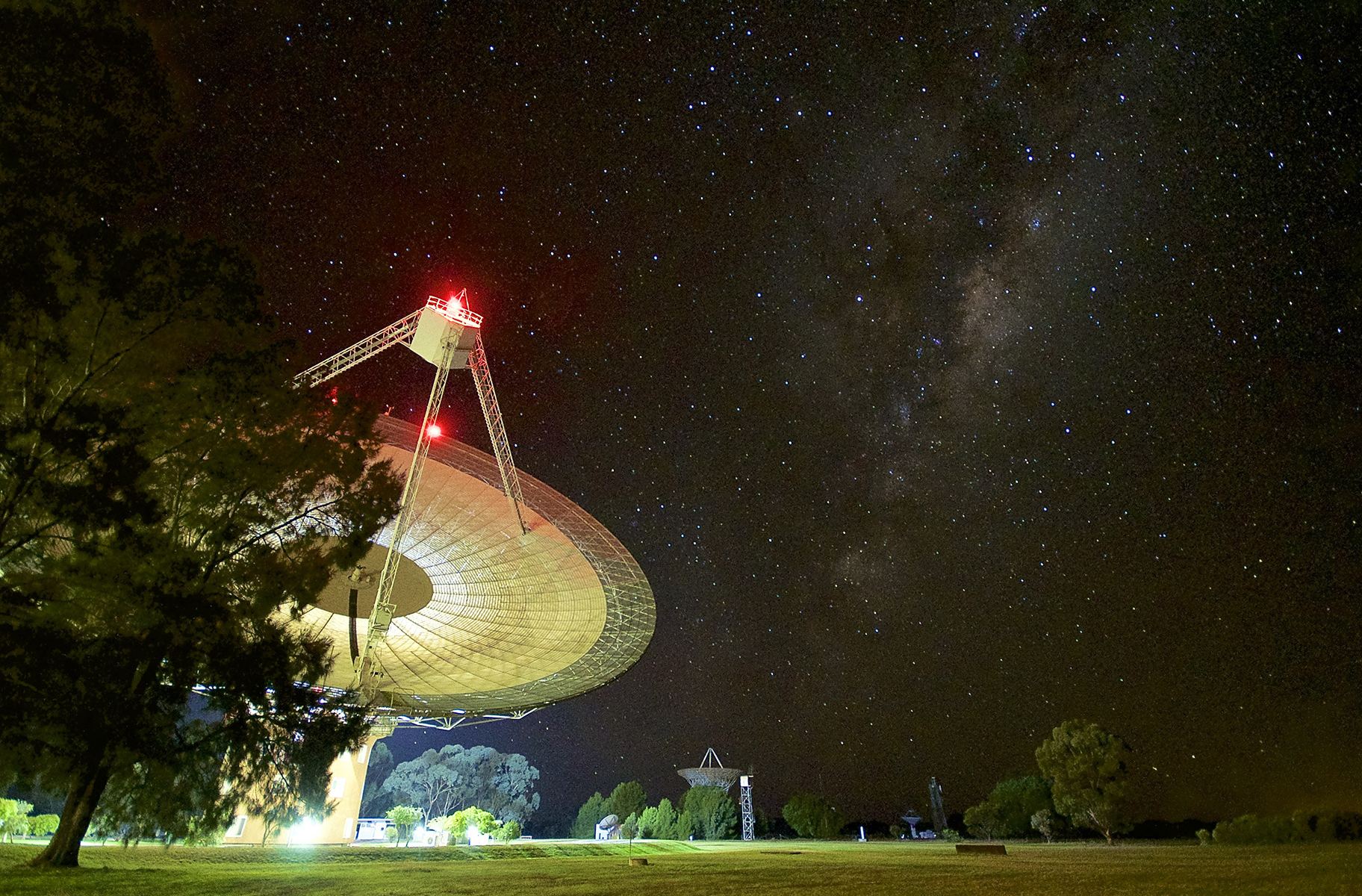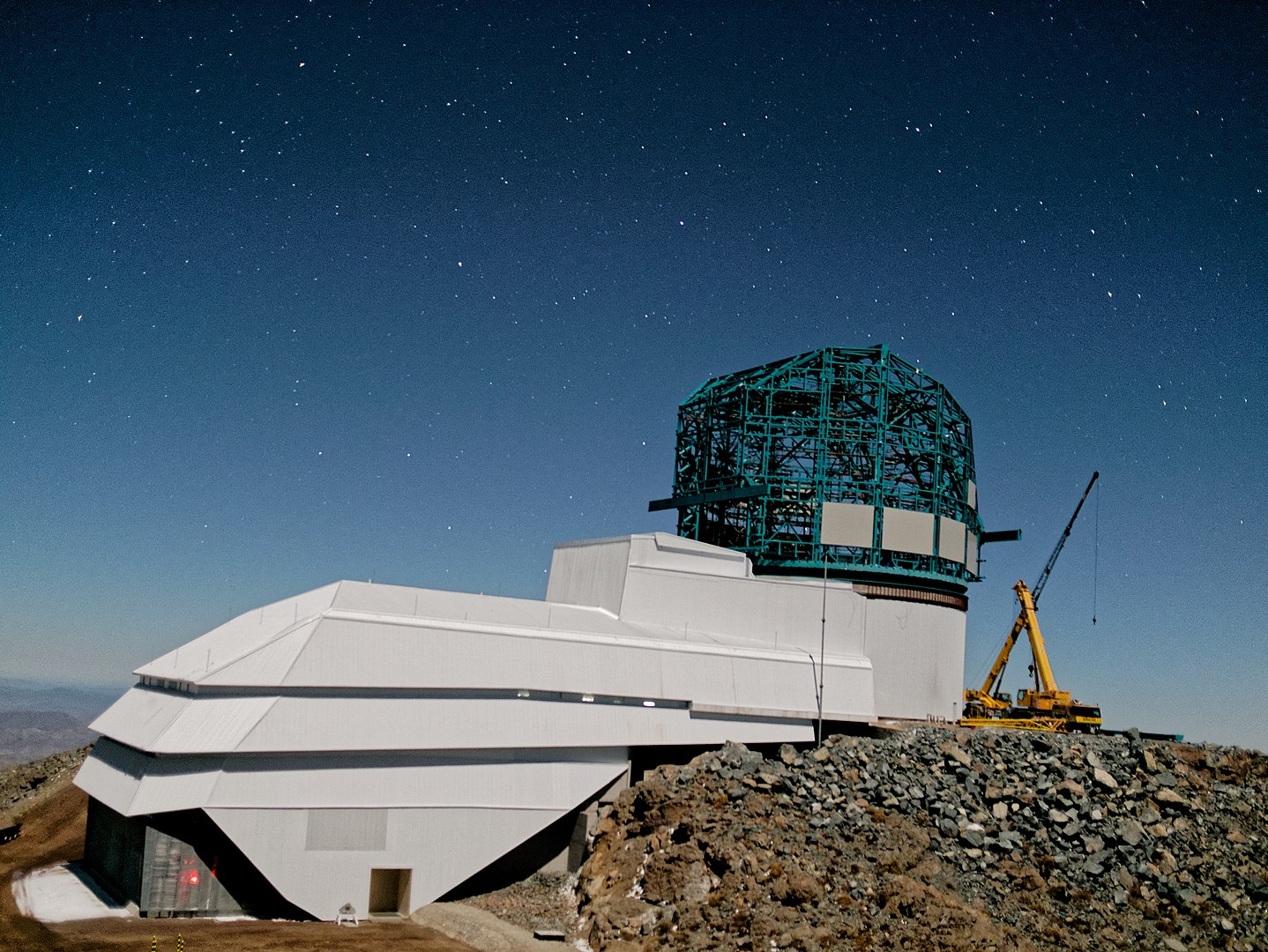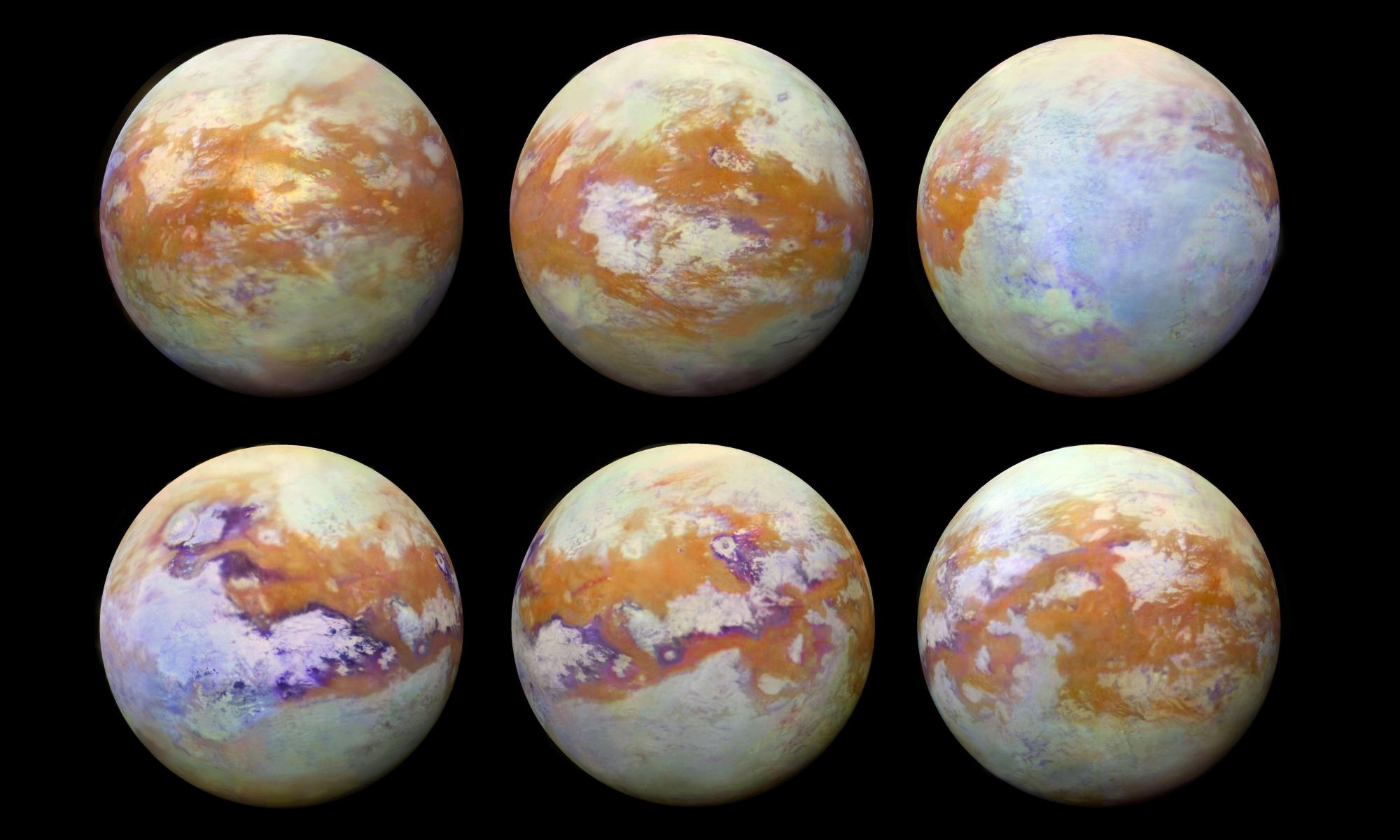Seventy years ago, Italian-American nuclear physicist Enrico Fermi asked his colleagues a question during a lunchtime conversation. If life is common in our Universe, why can’t we see any evidence of its activity out there (aka. “where is everybody?”) Seventy years later, this question has launched just as many proposed resolutions as to how extraterrestrial intelligence (ETIs) could be common, yet go unnoticed by our instruments.
Some possibilities that have been considered are that humanity might be alone in the Universe, early to the party, or is not in a position to notice any yet. But in a recent study, Robin Hanson (creator of the Great Filter) and an interdisciplinary team offer a new model for determining when the aliens will get here. According to their study, humanity is early to the Universe and will meet others in 200 million to 2 billion years from now.
Continue reading “If Aliens Are Out There, We’ll Meet Them in a Few Hundred Million Years”
